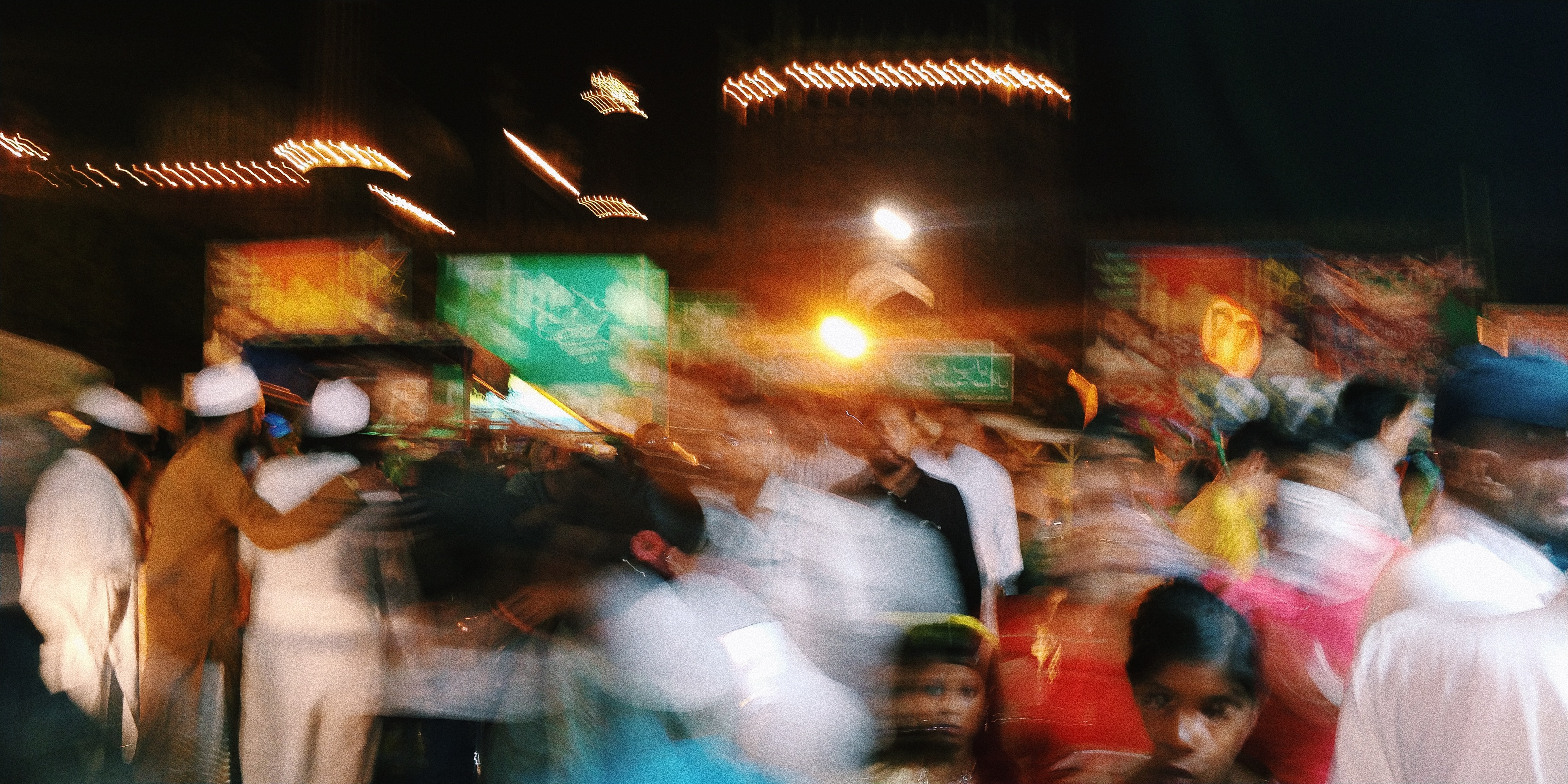There has been a vociferous debate in recent months on the granting of legal recognition to marital rape in India. Sumona Bose analyses the politics and sociology of marriage to show how the debate highlights a mindset that supports the family as an institution but is blind to the implicit subservience of women expected in its current structures.
In recent times, there has been an increase in the pressure globally to lifting the lid on matters concerning sexual intimacy and consent boundaries. And rightly so. As the discourse on ideas of marriage and partnerships evolves, it is imperative to examine laws that still grant immunity to sexual violence and breaches of consent in potentially exploitative circumstances.
Marriage can be interpreted in diverse ways; it is experienced differently by everyone. In most societies, marriage can be sociologically defined as an institutional arrangement between two persons consenting to live together under the requisite legal provisions as spouses — typically (but not only) between women and men. Marriage may thus be taken as evidence, or the ‘social fact’, of a union so that the union is legalised and visible. It is a singularly human social institution and societal norm.
One debate that has resurfaced in recent months revolves around the appeal to revise legislation on marital rape in India. Under the Indian Penal Code (IPC), forced sex within the parameters of a marriage is only considered a criminal act when the wife is under the age of 15.
Thus, marital rape has not been established as punishable under Indian law per se.
India remains one of the few countries that still disqualifies marital rape legally, thus granting immunity to spousal non-consensual sex.
As the social significance of marriage has been waning across the global North for a variety of reasons, in India, the stigma of divorce has been influential in determining whether spouses, particularly women, approach legal routes for separation. India still records one of the lowest rates of divorce, with women finding it more difficult to seek separation due to fear of social repercussions. According to UN data, in 2010 it was estimated that only around 1.1% of Indian women were divorced.
The reasons for this situation are complex. In wide swathes of the country, gender roles in the realm of marital frameworks remain anchored in traditional and patriarchal notions of correct behaviour in domestic and interpersonal spaces.
But a ‘North-South’ divide is evident, with northern Indian states leaning towards more regressive values for women and girls. In southern and north-eastern India, on the other hand, records show that women have greater autonomy over their personal finances, education, assets, choices and freedom in comparison to north and north-western India. The north-east has relatively higher rates of divorce too. In most parts, however, gender inequality has persisted due to poverty and patriarchal social norms.
Marriage in India, as a social institution, has had a powerful gendering connotation, with constant regulation and definition. Women’s sexuality has been rigorously policed to control their agency in marriages, domestic spheres and to ultimately limit their sexual rights. The responsibility for building a faithful and operational marriage mostly rests upon women, who are required to remain a symbol of piety and modesty. And part of performing gender is committing to marriage with a standardised gender script that includes the upkeep of women’s ‘sanctity’.
At their seminar at the Oxford Union in 2020, noted advocates behind the historic ruling for the decriminalisation of same-sex marriages, Menaka Guruswamy and Arundhati Katju argued against the difference between legal realities and moral aspirations in society. Guruswamy argued that marriage was an institutional medium to reflect societal acceptance in decoding togetherness, and a love which is visible in the eyes of the law; these reasons encourage formalising relationships, transforming them into what we know as ‘kin based domains’. Hence, marriages are considered to be the epitome of legitimising love in societies that tend to ensure a structural framework of family.
In the Indian context, the construct of marriage has attained a superior moral stature that is sought after for winning social approval and validation. But approval is given to a version of Indian womanhood that is traditional, but also has historical associations with the ‘modernity’ of the national movement (which was constructed to counter imperial importation of western standards of liberation): this version upholds a woman being obedient and subservient. Although the definition of marriage alludes to a legal partnership, in most cases, the moral constructs in society run counter to the notion of a ‘partnership’.
This was evident in the the warring social media posts and countless tweets where Indian men demanded a #MarriageStrike to oppose the possibility of criminalising marital rape. In calls to boycott marriage that were trending on platforms like Instagram and Twitter, some users deemed it ‘necessary’ to oppose the legislation against marital rape to protect the ‘institution of family’ — clearly, then, an idea that the institution of family is based on the subservience of women in marriages.
Whilst marital satisfaction has, thus, traditionally depended on the woman’s choices of sacrifice and adjustment, these choices shift with shifting ideologies, as is clear from studies on contentment within marriage in the Indian diaspora in the USA, for example. Studies from the 1990s have shown that exposure to more gender egalitarian modes of living prompted both Indian men and women, living in the USA, to achieve marital satisfaction by sharing in the roles of breadwinners and homemakers in place of the cultural norms brought from home that had grounded women in domestic/household duties and reproductive efficiency to ultimately personify being the ‘good wife’. Although South Asian immigrants have not fully divorced from some of the core traditional values practiced back home, they have integrated into the mores of the host society with some pragmatism.
Similar exposure to egalitarian values is occurring in India as well due to globalisation and urbanisation. Women have more access to employment and education. More advocacy has contributed to rising cognisance of gender-based inequality, and digital activism has made such awareness accessible on a pan-India level. Young Indian women, especially in urban areas, are increasingly opposing the stereotype of being an ‘ideal’ woman suitable for traditional marital obligations. There is a greater legal and financial representation too, leading to more autonomy for them to navigate with.
However, the notion of consent has been deeply problematic for a cultural ethos in a subcontinent historically resolute on constraining women and maintaining patriarchal privileges by upholding the sanctity of marriage as an institution. The social politics of marriage still defies the argument of thorough equality within partnerships; the uproar on social media against calls to criminalise marital rape exposed this intrinsic mentality that normalises the concept of marital rape, a gender-based violence, in every domain of life.
In May 2022, the Delhi High Court delivered a split verdict on the petition to criminalise marital rape. One judge mandated to strike off the legal exception that protects non-consensual sex between spouses whilst another judge refused to hold it unlawful and that the exception did not compromise or violate the provisions enshrined in the Constitution of India. Following the split verdict by the Delhi High Court, the Supreme Court was set to hear pleas on the split verdict on the 16 September 2022; it has since sought a response from the Central Government.
Moreover, should the outcome be criminalisation of marital rape, it would become one of the most progressive legal reforms in the realm of gender equality and sexual violence to come out of the country since the 2013 Anti-rape Law Amendment Bill following the infamous ‘Nirbhaya‘ rape case. This comes at an important time as calls for gender equality make waves across Indian society and potentially marital rape can provide an interface between legal provisions and moral aspirations of large parts of society that are demanding protection for spouses who face violations in ungovernable intimate spaces.
Banner Image © Alin Andersen, ‘Bad Ischel, Österreich’, 2020, Unsplash.
The views expressed here are those of the author and not of the ‘South Asia @ LSE’ blog, the LSE South Asia Centre, or the London School of Economics and Political Science.








It is indeed a very sad state of affairs in some states in India, where women are treated like commodities (dowry deaths, honour killing etc.) We all need to look for a solution. Education, in the real sense, is the solution. And of course, raising our voices as and when required is essential.
As the discourse on ideas of marriage and partnerships evolves, it is imperative to examine laws that still grant immunity to sexual violence and breaches of consent in potentially exploitative circumstances.